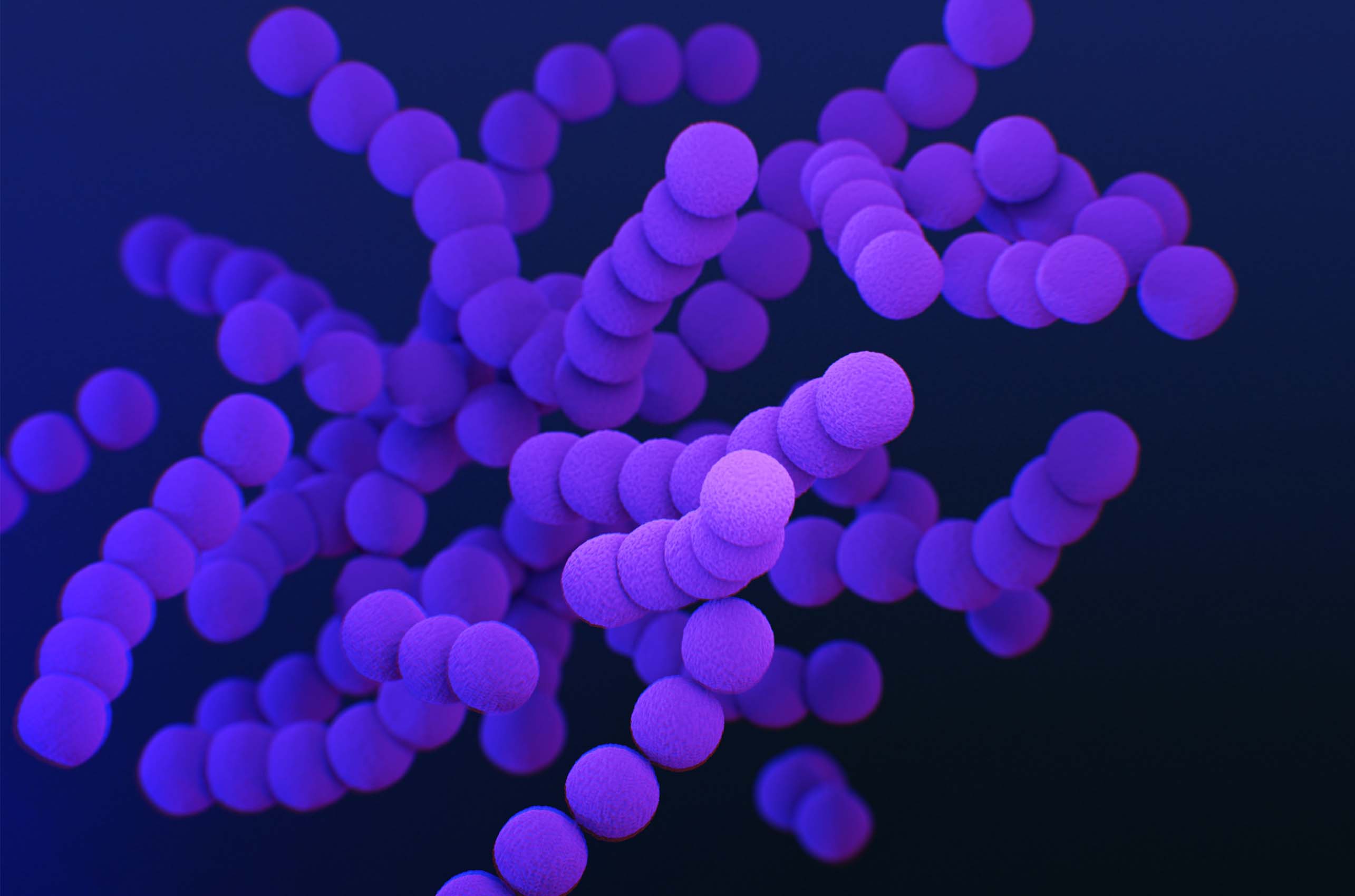Research highlights
 Antibiotic resistant bacteria
Antibiotic resistant bacteria
Antibiotic resistant bacteria are high on the list of global medical concerns. When allied communities of resistant bacteria form, the concern is compounded. LIMS PhD graduates, led by Associate Professor Begoña Heras and Dr Jason Paxman, found that interactions between Ag43 homologues play a significant role in the growth rate of bacterial clumped communities. Understanding these interactions may aid in the development of new classes of antibiotics. Read more in NPJ biofilms and microbiomes.
Regulatory mechanisms of inflamation
Fine-tuning responses in inflammatory diseases is one way to improve patient outcomes. PhD candidate Trang Nguyen and Professor Helen Irving – with colleagues at La Trobe University (Bendigo) – discovered a new way that a protein called IRAK3 works to slow inflammation via minimally altering levels of cellular messenger molecule cyclic GMP. Their findings, published in International Journal of Molecular Sciences, provide further insight into regulatory mechanisms of inflammation. This study points to the possibility of repurposing low doses of existing drugs to help in suppressing secretion of inflammatory mediators.
On the trail of evolution
Professor Coral Warr is on the trail of evolutionary investigation, applying fundamental molecular genetic approaches to understand how flies adapt to their environment. Recent research from the Warr Lab suggests genetic changes in a specific olfactory receptor gene in Drosophila flies alters important behaviours such as where they lay their eggs. Professor Warr’s findings add to a growing body of work that suggest this receptor is of particular importance in the ecology of different Drosophila species and has contributed to their ability to adapt and utilise different host plants. Professor Warr hopes her work in insect olfaction may lead to novel ways to modify pest insect behaviour. Read more in Open Biology
Combatting long term effects of COVID-19
Professors Patrick Humbert and Marc Kvansakul from LIMS are the first in the world to characterise precisely how COVID-19 attacks lung tissues – an important step in preventing long-term damage in COVID-19 patients. Using powerful beams of light at the Australian Synchrotron, the researchers were able to produce images of how the SARS-CoV-2 E binds to and hijacks Pals1, a key protein found in human tissue. Read more in Communications Biology.